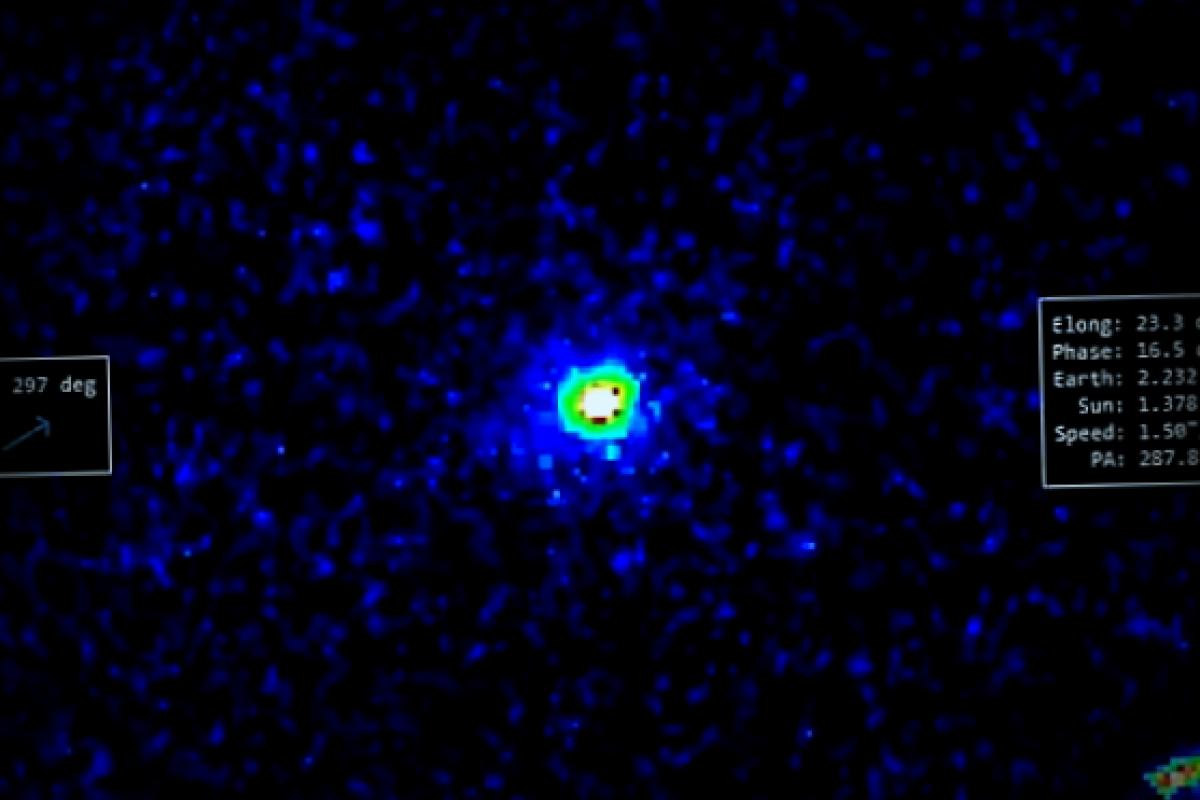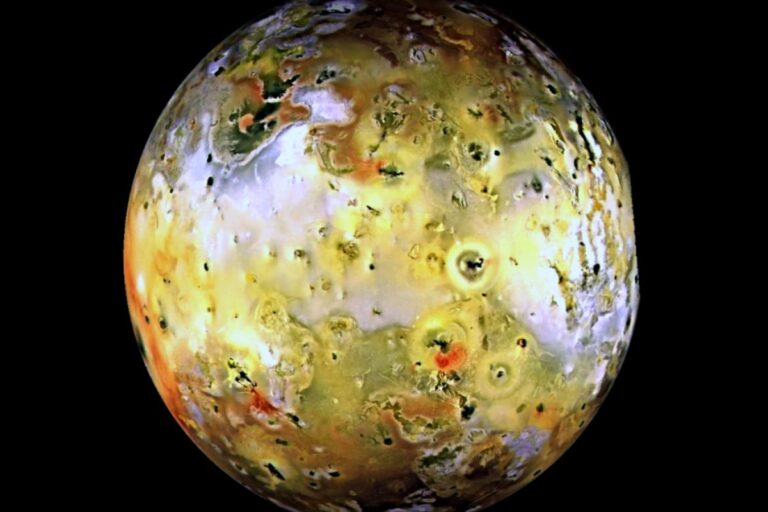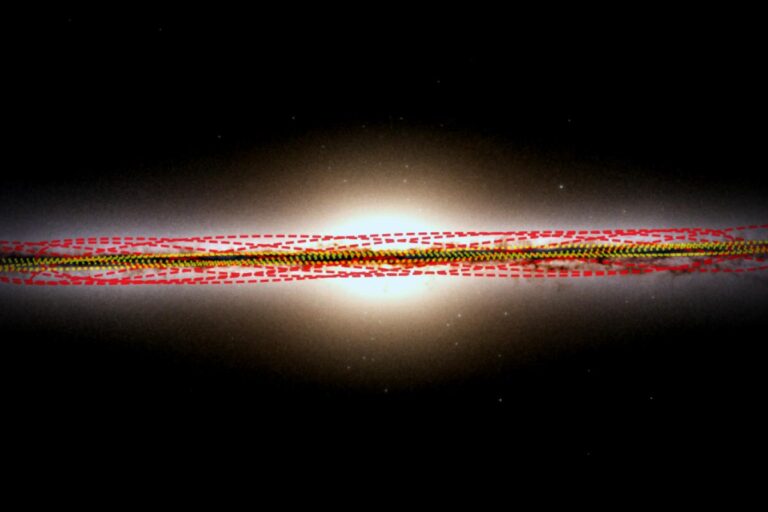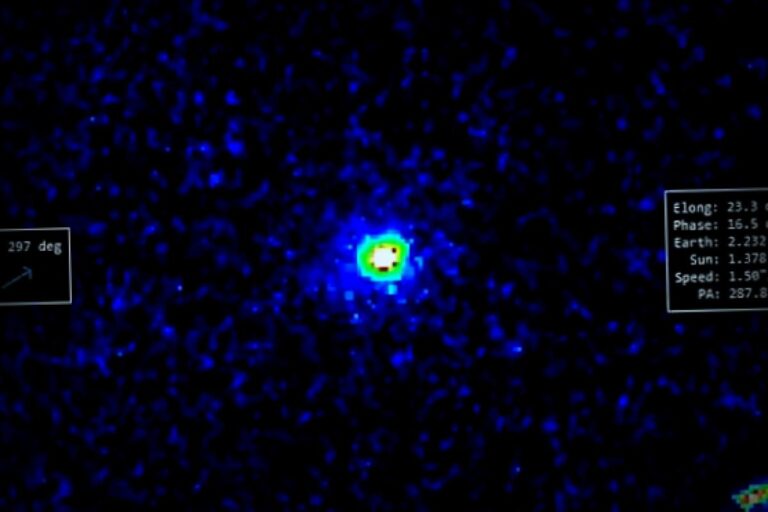What’s Going On with 3I/ATLAS?
Recent sights of the interstellar visitor, known as 3I/ATLAS, show a shocking change: it’s getting smaller! This odd transformation comes just weeks before it heads close to Earth.
Mysterious Findings from NASA
NASA made some calculations that reveal this intriguing object has lost about 13 percent of its mass following its journey close to the sun last month. Avi Loeb, a Harvard professor who has been closely examining 3I/ATLAS since summer, has drawn a connection between this shrinkage and noticeable changes in the object’s path as it approached the sun.
“Typically, a comet like this should create a massive coma full of dust and gas, shaped by solar radiation pressure, resulting in a beautiful cometary tail radiating away from the sun,” he mentioned in a blog. However, the latest images taken on November 5, 2025, show no signs of such a tail.
Countdown to the Close Encounter
The closest approach of 3I/ATLAS to our planet is coming up on December 19, just a little over six weeks away! Loeb has stated that interactions with 3I/ATLAS might represent what he calls a “black swan event,” indicating this massive space object could potentially be an alien spacecraft disguising itself as a standard comet.
On the other hand, NASA along with countless researchers are convinced that 3I/ATLAS is merely a comet from beyond our solar system.
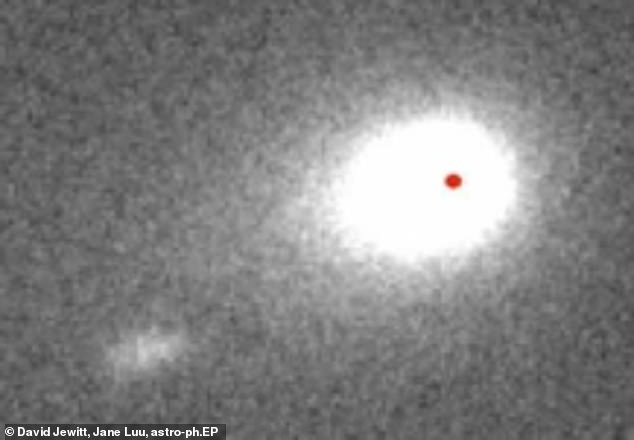
Are We Looking at an Alien Craft?
With no typical tail forming around 3I/ATLAS, Loeb insists the chances of this enigmatic visitor being an extra-terrestrial construction are growing by the day. Notably, the material loss was first spotted by a ground telescope in Chile after noticing an unexplainable boost in speed.
According to NASA’s Jet Propulsion Lab (JPL), the maneuvers performed by 3I/ATLAS couldn’t be easily attributed to the sun’s tremendous gravitational force.
Instead, it looks like 3I/ATLAS has pulled away from the sun while somewhat shifting sideways—this detail has led Loeb to theorize it could point to a rocket engine altering the craft’s trajectory.
For a regular comet to make such a sharp move naturally, it would have had to jettison more than 13 percent of its material, causing significant gas jets to shoot out from it—just like a rocket engine would. However, the evidence of this gas outflow, which should leave a clear trail, is notably absent.
NASA’s most recent pictures, released on November 5, show zero evidence that 3I/ATLAS underwent this violent emission process despite undergoing size reduction and pulling away from the sun.
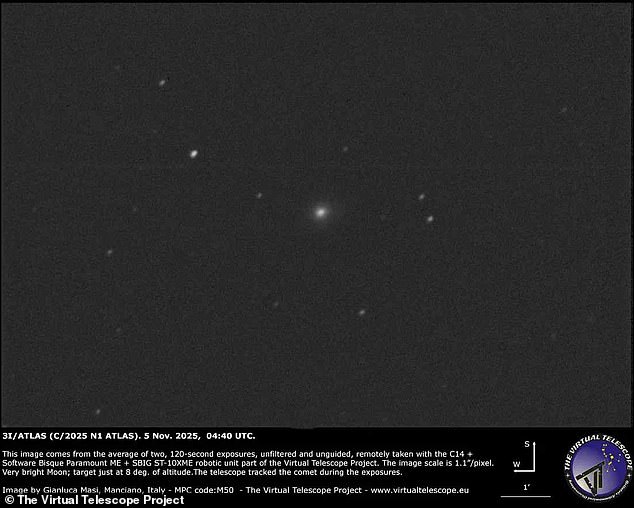
Recent Observations
Loeb has stated that compared to images from the Hubble Space Telescope taken back in July, the unidentified object has barely changed. The head of the Galileo Project, an organization on the lookout for extraterrestrial signs, claims 3I/ATLAS demonstrates at least ten attributes suggesting it’s not just a naturally formed object but seriously hints at being designed by some advanced intelligence.
Lastly, the object has shown an odd trait known as an ‘anti-tail’ which notably pointed towards the sun as it drew nearer, further raising eyebrows regarding its true nature. Normally, comets have tails that stretch away from the sun as they travel through space because of ice and rock breaking apart—definitely not the case here.
Another peculiar detail? 3I/ATLAS has also changed colors during its celestial journey, turning bluer as it got close to the sun—a behavior inconsistent with traditional comets, which usually redden as they heat up.
Given these strange anomalies, Avi Loeb expresses skepticism too. He argues that having so many bizarre characteristics altogether suggests that perhaps 3I/ATLAS didn’t form through cosmic happenstance but might be crafted by intelligent beings far away.
Your thoughts on this curious interstellar visitor?




